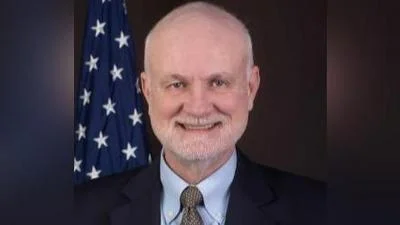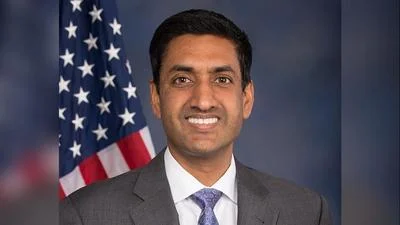John Taylor, Professor of Economics at Stanford University and developer of the "Taylor Rule" for setting interest rates | Stanford University
John Taylor, Professor of Economics at Stanford University and developer of the "Taylor Rule" for setting interest rates | Stanford University
Stanford University has launched a new initiative aimed at improving financial decision-making. The Initiative for Financial Decision-Making is a collaboration among Stanford Graduate School of Business (GSB), the Stanford Institute for Economic Policy Research (SIEPR), and the Stanford Department of Economics in the School of Humanities and Sciences. It is funded by a donation from Helen and Charles R. “Chuck” Schwab, ’59, MBA ’61, and the Charles R. Schwab Foundation for Financial Freedom.
“Through research and teaching, this cross-Stanford collaboration will guide individuals and communities on a path toward sound financial decision-making,” said Stanford President Jonathan Levin. “We’re incredibly grateful for the vision and generosity of Chuck Schwab, who is making this powerful new initiative possible.”
The Schwabs’ gift continues their long tradition of philanthropy to Stanford, which includes support for various areas such as GSB, Athletics, the Cantor Arts Center, the Hoover Institution, SIEPR, and Stanford Medicine.
“It is high time that we put a greater emphasis in our country on financial education,” Schwab said. “It is one of the most important things we can do to help people navigate their financial lives with competence and confidence.”
Annamaria Lusardi will serve as faculty director of the initiative. She is a senior fellow at SIEPR and professor of finance by courtesy at Stanford GSB.
“Why are we, as a society, largely financially illiterate? The answer lies in the rapid changes in society, the proliferation of complex financial products, and our inability to keep pace,” Lusardi said.
The initiative focuses on four strategic pillars: designing personal finance education programs; using technology to expand access; influencing programs and policy through partnerships; and building personal finance education through research.
Stanford began offering Economics 43: Introduction to Financial Decision-Making to all undergraduate majors in 2020. Michael Boskin taught this course along with John Shoven.
“It’s been heartwarming to see students who have taken Econ 43 come to my office saying they have become the financial advisor to their family,” Boskin said.
Lusardi also noted how impactful these courses can be based on her previous experience teaching similar courses at George Washington University.
As part of its rollout plan, the initiative will use multiple teaching tools including a personal finance app currently in development. This app will feature lessons combining evidence-based content with real-world applications. The initiative also complements Mind Over Money, Stanford’s student services program providing financial wellness resources.
An annual conference on teaching personal finance is also part of this effort. The next conference will be held tomorrow.
“More than ever, we need people to be financially secure and resilient," Lusardi said. "The new initiative will be transformative."
###




 Alerts Sign-up
Alerts Sign-up